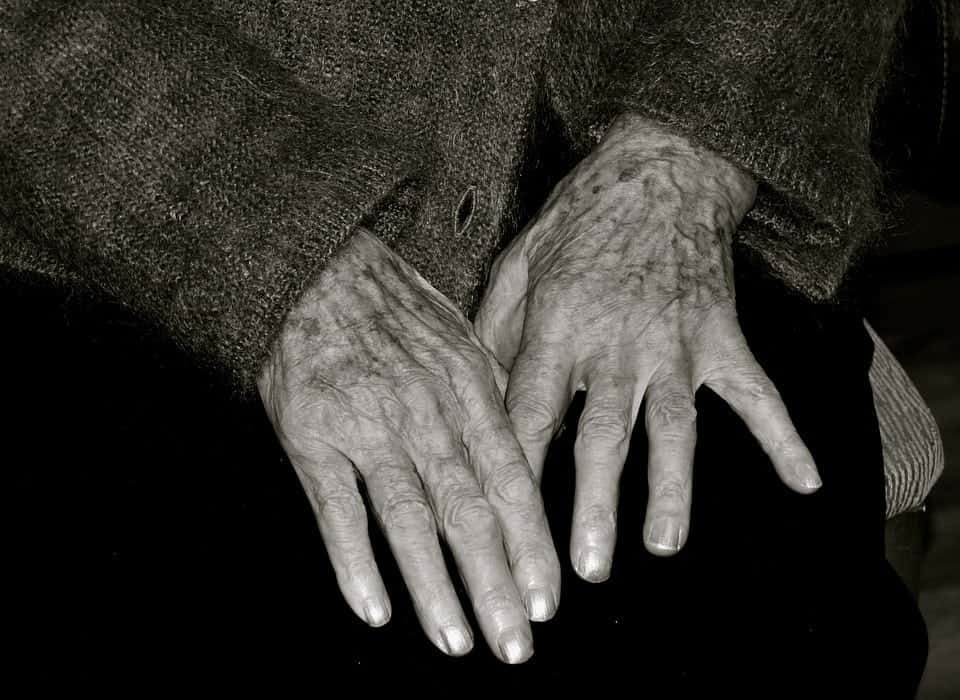
Photo: PA
A cheap pill developed to treat HIV may prevent Alzheimer’s disease, according to new research.
Experiments on human cells and mice showed the drug dramatically reduces age-related inflammation and other signs of decline as people get older.
It could combat many illnesses prevalent among the elderly such as type 2 diabetes, Parkinson’s, arthritis and macular degeneration – the leading cause of blindness.
Known as lamivudine, it is sold under the brand name 3TC – and costs as little as 40p. It is taken once a day by those infected with the AIDS causing virus.
Treating 26 month-old mice – roughly equivalent to a person of 75 – for as little as two weeks reduced inflammation.
And six months of therapy for 20 month-old lab rodents – that simulate humans aged around 60 – also helped stop fat and muscle loss as well as kidney scarring.
Professor John Sedivy, at Brown University in the United States, said: “This holds promise for treating age-associated disorders including Alzheimer’s.
“And not just Alzheimer’s but many other diseases – type 2 diabetes, Parkinson’s, macular degeneration, arthritis, all of these different things. That’s our goal.”
He is now eager to translate the findings to humans. He is already hoping to begin clinical trials of lamivudine for various age-associated conditions such as frailty, Alzheimer’s and arthritis.
Lamivudine was approved by the Food and Drug Administration in 1995 and has been used to treat HIV for decades.
Its pharmacological activity and safety are well established. Patient studies could be streamlined and focused on its effect on age-associated disorders, said Prof Sedivy.
As humans age they become prone to systemic inflammation – a persistent activation of the immune system linked to chronic disorders as well as many cancers.
Lamivudine targets the process by blocking genes called retrotransposons – responsible for tiny changes in DNA that trigger disease.
It reduced inflammation in human cells grown in the lab. In tests on old mice just two weeks of treatment also reversed the damage, reports Nature.
Corresponding author Prof Sedivy explained the HIV drug acts by halting retrotransposon activity in old cells.
Dubbed ‘jumping genes’, retrotransposons make up a substantial fraction of the human genome and are related to ancient viruses up to 500,000 years old – including HIV.
If left unchecked they can produce DNA copies of themselves that can insert in other parts of a cell’s genome.
Cells have evolved ways to keep them under wraps but as they age the retrotransposons can escape this control, says Prof Sedivy.
His team showed a specific type called L1 managed this and began to replicate in old, or senescent, human cells that no longer divide – and ageing mice.
The DNA copies of L1 are detected by an antiviral immune reaction known as the ‘interferon response’ – triggering inflammation in neighbouring cells, the study found.
These retrotransposons are present in every type of tissue – making them a compelling suspect for a unified component of cellular ageing, said Prof Sedivy.
Understanding this shed fresh light on the interferon response – the potential mechanism through which these jumping genes cause cellular inflammation.
Prof Sedivy said: “This interferon response was a complete game changer.”
The interferon-stimulating copies of L1 DNA require a protein called reverse transcriptase – just like HIV and other ancient viruses, he said.
In fact, AZT, the first AIDS drug, destroys it. Current multi-drug HIV cocktails still contain reverse transcriptase inhibitors.
The researchers suspected this class of drugs may keep the viral-like L1 retrotransposon from replicating – preventing the inflammatory immune response.
They tried six and lamivudine worked best – and also had hardly any side effects.
It decreased the interferon response in the human cells by killing a chemical called SASP (senescence-associated secretory phenotype) that boosts inflammation.
Prof Sedivy said: “When we started giving this HIV drug to mice we noticed they had these amazing anti-inflammatory effects.
“Our explanation is although L1s are activated relatively late in senescence, the interferon response reinforces the SASP response and is responsible for age-associated inflammation.”
Prof Sedivy, who wrote the first comprehensive book on gene targeting in 1992, said the results are encouraging but there’s more work to be done.
He said: “If we treat with lamivudine, we make a tangible dent in the interferon response and inflammation.
“But it doesn’t quite go back down to normal. We can fix part of the problem, but we don’t actually understand the whole ageing problem yet. The L1 reverse transcripts are at least an important part of this mess.”
Lamivudine was approved by the Food and Drug Administration in 1995 and has been used to treat HIV for decades.
Its pharmacological activity and safety are well established, said Prof Sedivy. The new clinical trials could be streamlined and focused on lamivudine’s efficacy in treating age-associated disorders, he added.
Prof Sedivy would also like to develop a new reverse transcriptase inhibitor specifically for L1. The molecular structure needs to be determined to protect against possible side effects.
Researchers could also develop other types of drugs that target the L1 retrotransposons, he said.
Lamivudine is also used to treat chronic hepatitis B when other options are not possible.
Common side effects include nausea, diarrhoea, headaches, feeling tired and cough.
Serious side effects include liver disease.
It is on the World Health Organisation’s List of Essential Medicines, the most effective and safe medicines needed in a health system.
By Mark Waghorn